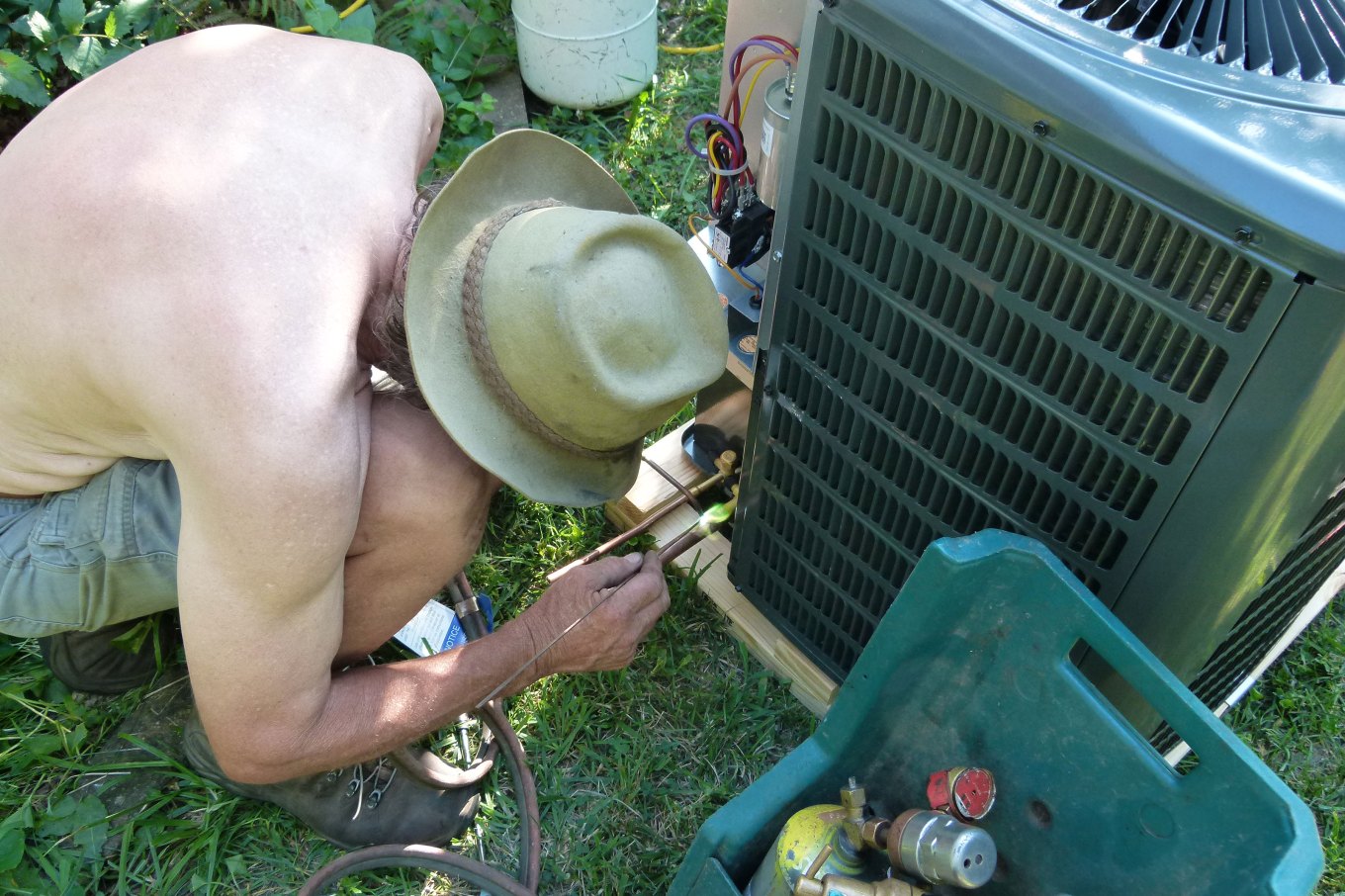Air conditioning and HVAC units don’t last forever — 12 years is an average lifespan — and the moment they fail is usually when you need them the most.
The good news is that not every system malfunction spells total doom. You may be able to fix the air conditioner easily.
Here are eight air conditioning warning signs, what the cause may be, and how to fix it.
#1 My Air Conditioner Won’t Turn On
Possible cause: Often, the most likely culprit is the easiest to remedy: The thermostat isn’t set correctly, or power isn’t reaching the AC unit.
The fix: Make sure that the thermostat is set to AC or “cool,” that the temperature setting is correct, and that the battery is fresh. Second, check the circuit breaker: It could simply be a tripped fuse.
Cost: Free
#2 It Doesn’t Seem To Cool as Well as It Used To
Possible cause: If you aren’t comfortable, the problem usually can be traced to issues with airflow.
The fix: Change the filter. (You should do this as part of regular HVAC maintenance anyway.) Depending on the quality of the filter, the amount of people living in the house, and if there are pets, the filter should be changed every 30-60 days.
Outdoors, make sure there’s at least 24 inches of clearance on the sides and 5 feet on top of the unit. Also, check to make sure there are no obstructions to the home’s cold air returns and registers.
Cost: $5 to $20, depending on the filter.
#3 My Utility Bills Are Abnormally High
Possible cause: A spike in operating costs typically signals inefficient operation. After a dirty filter (warning sign #2), the most likely culprit is a choked condensing coil. Located within the outdoor unit, the coil has countless cooling fins — much like a car radiator — that can accumulate dust and debris.
The fix: Call out a pro for a spring tune-up.
Cost: $75 to $150
#4 It Makes Weird Noises
Possible cause: Rattling, buzzing, or ticking? The good news is that the cause might be little more than a loose screw. The bad news is that it could be caused by a bum blower motor (indoors) or bent fan blade (outdoors).
The fix: If you’re lucky, a simple tightening here and lubricating there will fix the problem. If not, you might require a new fan motor or fan blade.
Cost: $75 to $150 for an inspection and tune-up; $150 to $750 for a new blower motor.
#5 The AC Shuts Off or Turns On Too Soon
Possible cause: Improper placement of the thermostat can wreak havoc on one’s comfort. The unit might be in direct sun, too close to a register, or near a hot oven. Also, a remodel might have you spending more time where the thermostat is not.
The fix: Relocate the thermostat.
Cost: Free if you’re handy (and plan on reusing the same unit); up to $250 for a new programmable unit, plus another $90 for an electrician to install it.
#6 There’s a Puddle of Water Next to my Furnace
Possible cause: During normal operation, the system generates moisture in the form of condensate. That water collects in a pan and flows out a line either into a floor drain or condensate sump basin. An accumulation of water signals a blockage or disconnection of the tube.
The fix: Inspect the tube for crimps, clogs, and disconnections. Also, if the water flows into a sump basin, ensure that the sump pump is in good working order.
Cost: Free to clean out blockage; $20 to replace the tube; $40 to $110 for a new condensate sump pump.
#7 The Air Coming Out of the Registers Doesn’t Feel Cold
Possible cause: The refrigerant lines aren’t insulated.
The fix: The outdoor unit is connected to the indoor system by two copper refrigerant lines, which should be covered with insulating sleeves. Make sure that they are. Also, the system may need its refrigerant re-charged.
Cost: $5 for insulating sleeves; up to $150 for a system re-charge.
#8 My AC Unit Refuses to Kick On at All
Possible cause: Burnt-out compressor
The fix: If the compressor fails, the unit won’t run. The only fix for this is a costly replacement of the equipment, which includes various small parts, new Freon, and labor.
Cost: $600 to $1,900. It might be wise to replace your air conditioner if it’s more than eight years old, or if the estimated cost of repair is more than 50% of the cost of a new unit.
Related:
